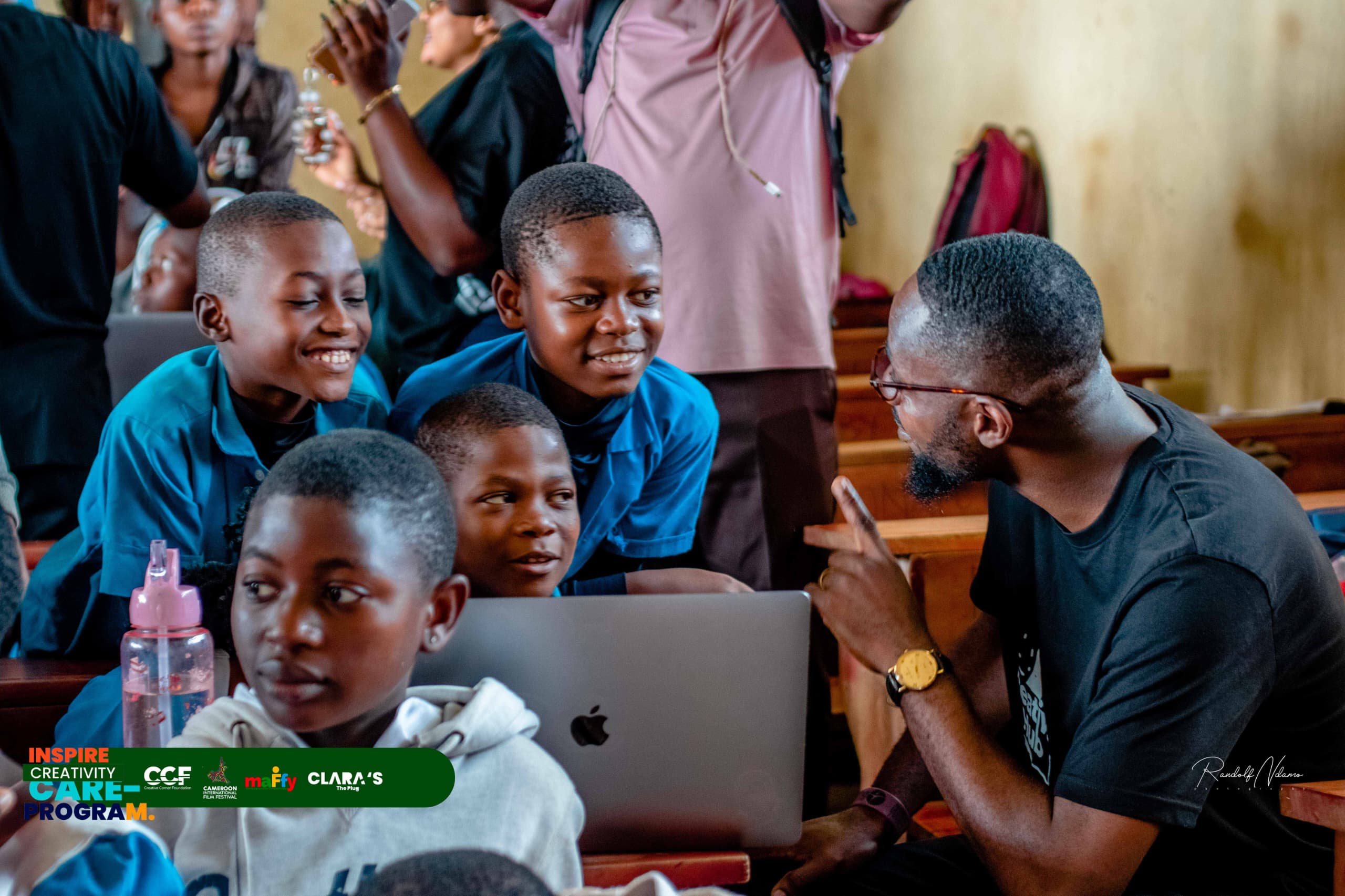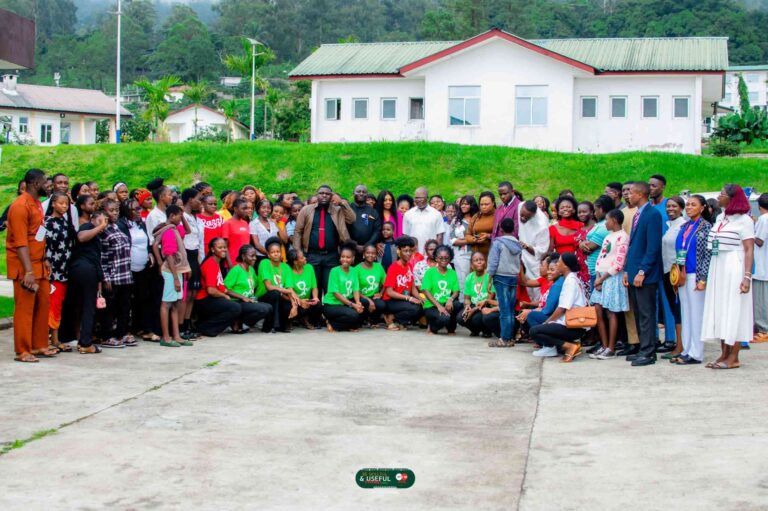What it is
- A campaign/activity under the Creative Corner Foundation (based in Buea, Cameroon) focused on bringing creative digital arts and tech‑oriented learning into public schools and community hubs.
- It aims to enable children—especially underrepresented or disadvantaged—to access inspiring, innovation‑driven education beyond usual classroom resources.
Core objectives
To build an environment / ecosystem where innovation, creativity, and tech education can flourish (in schools and community centers).relatability to each workshop.
To boost digital literacy among children by giving them exposure to tools, software, or practices they might not otherwise get.
To foster creative arts skills, helping children express themselves, develop creative thinking, and explore innovation.
Workshops during the event focused on areas such as digital literacy, creative arts and crafts, basic entrepreneurship, business planning, financial literacy, and soft skills development (like communication, time management, and leadership). Participants learned how to create items such as handmade jewelry, upcycled fashion, and digital artwork. In the entrepreneurship and financial sessions, they were taught how to price products, set up basic bookkeeping, and develop simple business plans.
The impact of the initiative was immediately visible. Many participants completed the sessions with increased confidence and clarity on how to monetize their skills. Some produced saleable items on the spot, while others began mapping out actionable business ideas they could pursue post-event. In post-event feedback, several women expressed their gratitude for the opportunity, stating that it was the first time they had been invited to such a program or made to feel that their creative work had value. Teachers, community elders, and volunteers also commended the effort for being timely and relevant in addressing unemployment and gender inequality.
A highlight of the event was the strong sense of community mentorship and inclusion. Participants not only learned from facilitators but also connected with peers who shared similar goals and struggles. The energy was one of encouragement and hope, and many attendees left asking when the next edition would take place. The social media hashtag #BeSkillfulAndUseful saw increased engagement during and after the event, with several testimonials and photos shared across platforms.
In terms of challenges, it became clear that there is a high demand for continued access to these types of programs. Many participants asked for more frequent and longer training cycles, particularly in digital education and entrepreneurship. The Creative Corner Foundation intends to use this feedback to expand its programs and introduce follow-up mentorship, alumni engagement, and access to micro-grants to support small business launches.
In conclusion, the “Be Skillful and Useful Reachout” event not only empowered individuals with skills but also strengthened community ties and elevated the self-worth of many participants. It underscored the importance of localized, grassroots empowerment programs and proved that when people are given the tools and support to build, they will rise. Through initiatives like this, the Creative Corner Foundation continues to affirm its mission: to unlock the potential in every child, youth, and woman—one skill at a time.
Approach / Activities
- Workshops, outreach into public schools and community hubs.
- Use of digital tools & creative arts materials to engage children.
- Engagement with volunteers, mentorship, hands‑on learning.
- Probably weekend or after‑school clubs or special sessions (as suggested by testimonial “weekend digital club”) where children got to use computers & digital art.
Impact
- Testimonials indicate that children have gained confidence in using computers, digital tools, digital art, etc. One parent said her 10‑year‑old daughter joined a weekend digital club and within weeks became confident in using computers and started creating digital art.
- Teachers noticed that students were very engaged. For example, a secondary school teacher at Molyko said that the volunteers introduced tools students normally don’t have access to; the experience sparked curiosity.
- Broader goals: building “future‑ready skills”, preparing children for a more digital, creative future.
Challenges / Gaps (based on what is public)
- Exact quantitative metrics (e.g. number of children served, number of schools, duration, gains in testable skills) are not clearly published in the sources I found.
- Likely resource constraints: equipment, infrastructure, trained mentors, etc., typical for such programmes in similar contexts.





